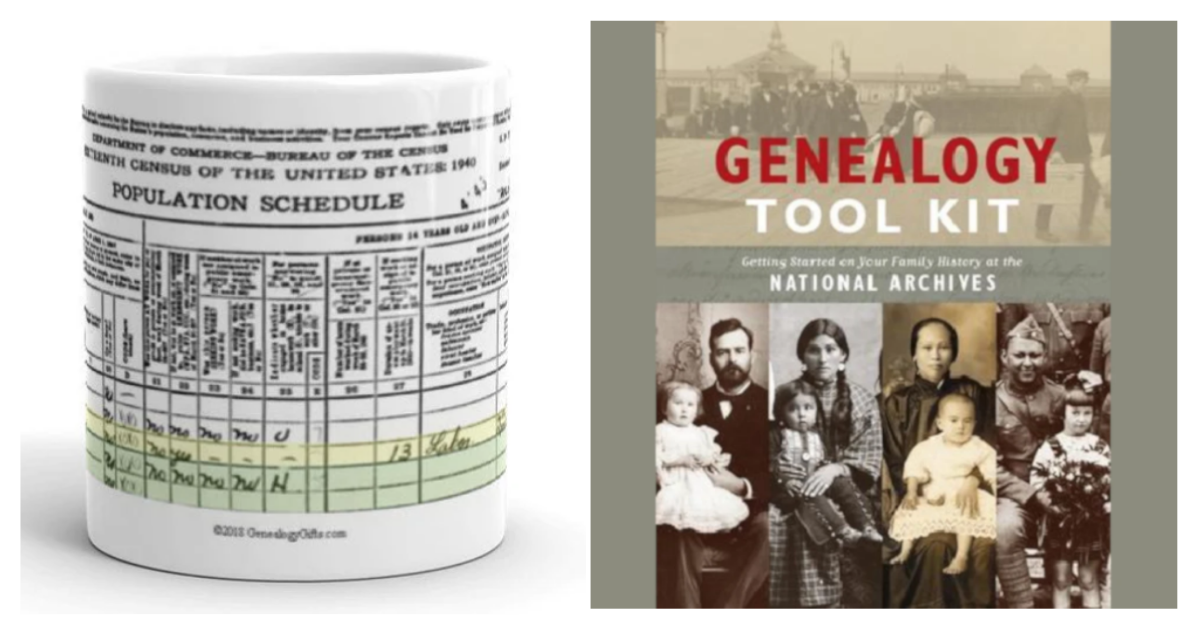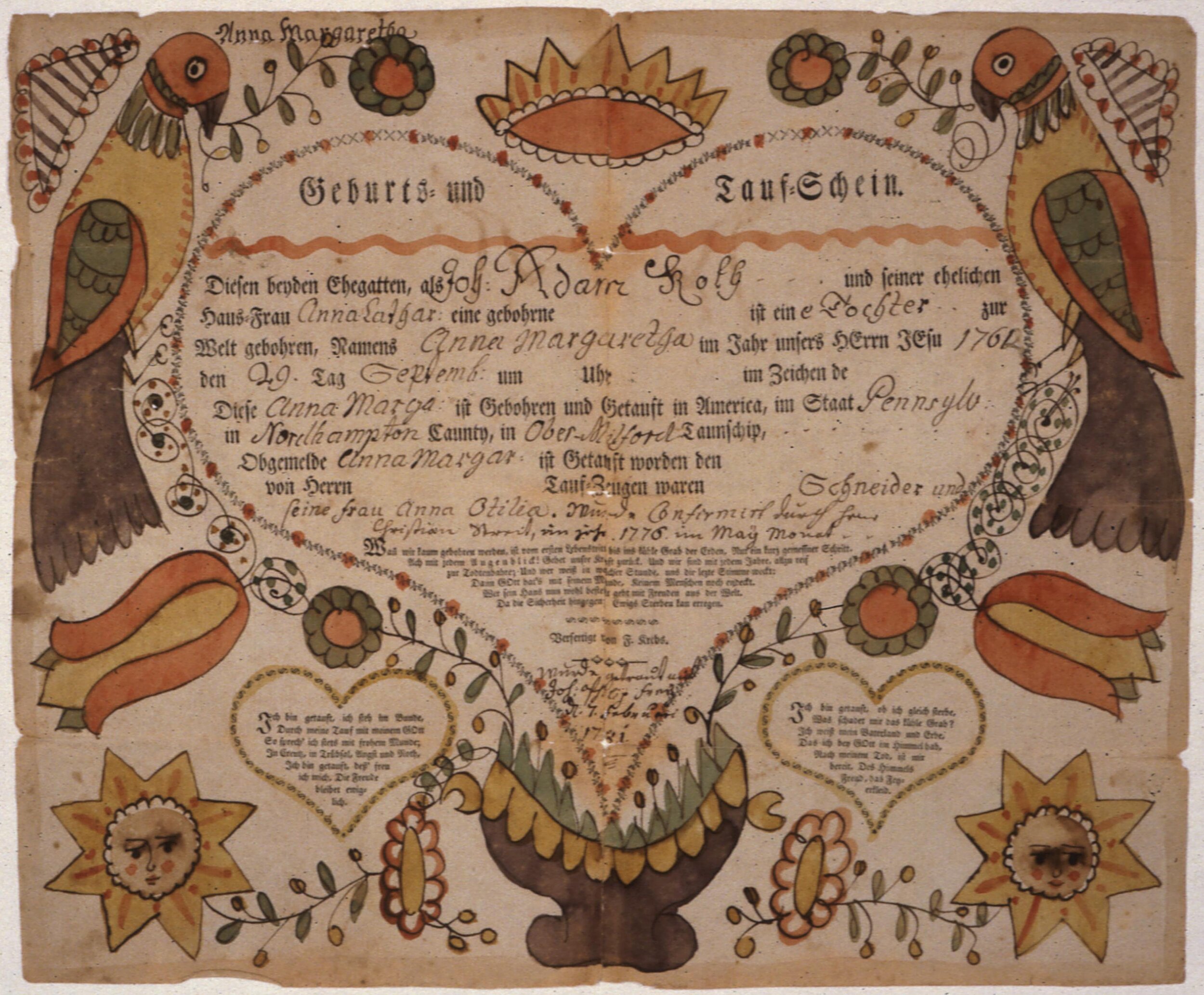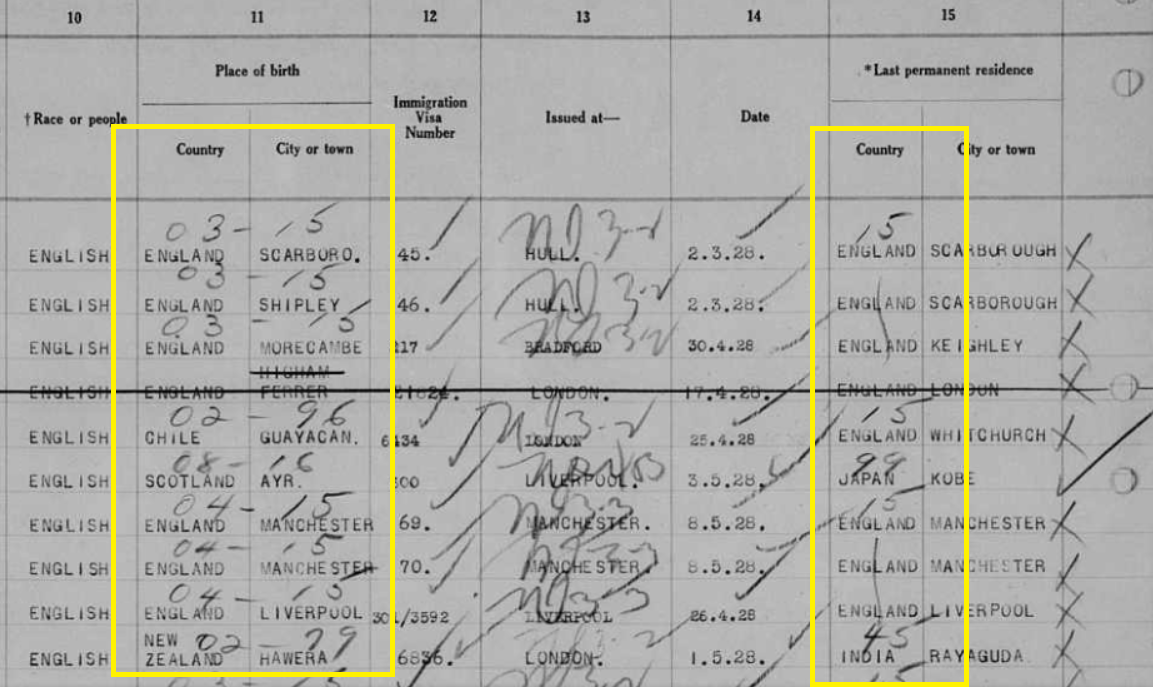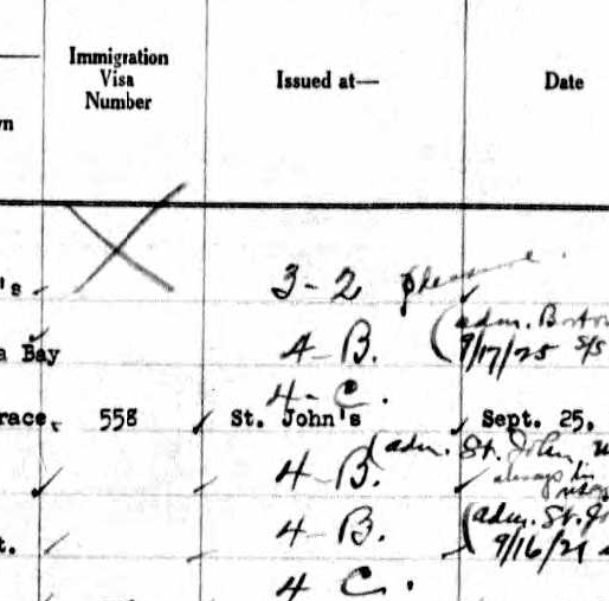There’s been a lot of talk recently about the future of the internet and how it will impact our daily lives. Some see this future as a shared 3D virtual reality world. Mark Zuckerburg, CEO of Meta (formerly Facebook), is pushing this concept he calls the “metaverse”, as his own company is one of several racing to develop the virtual reality (VR), augmented reality (AR), and extended reality (EX) technology behind it. We’ve already seen some of the same artificial intelligence (AI) and machine learning that will build the metaverse reach through to genealogy with MyHeritage’s “Deep Nostaliga” application that brought photos of our ancestors to life.
While we can agree that change is coming, it’s hard to imagine what doesn’t exist yet. We know that not every vision for the future will come true - but it’s fun to think about! And since one of my passions is genealogy, I’d like to explore how this evolving concept of a metaverse, or virtual reality world, might possibly impact the field of genealogy in the next decade or two.
As I’ve come to understand it, and please correct me as needed, the metaverse aims to be a single virtual world, that is alway on and perpetually exists, and can be accessed through multiple forms of technology and devices. You interact with this 3D world, and everyone else in it, through your own unique and customizable avatar. You can create, buy, or sell virtual goods through various businesses, as well as play games, or meet and be social with others. Someday you might hold a job in this virtual space, or your children might attend class.
In his Founder’s Letter this past October, Zuckerberg idealizes that “in the metaverse, you’ll be able to do almost anything you can imagine - get together with friends and family, work, learn, play, shop, create - as well as completely new experiences that don’t really fit how we think about computers or phones today…In this future, you will be able to teleport instantly as a hologram to be at the office without a commute, at a concert with friends, or in your parent’s living room to catch up. This will open up more opportunity no matter where you live…”
So what opportunities would a virtual world like this create in the field of genealogy? While the field itself seems to be living in the past when it comes to tech in certain areas (I still search Roots Web mailing list archives, and use the Wayback Machine to browse now defunct websites for example) we’ve all come to embrace home DNA testing, photo enhancing technology, and easier access to digitized records.
Here’s what I imagine, or hope for, in the virtual genealogy landscape of the future:
Improved record access by being able to virtually visit record record repositories, like those at libraries and universities. Not having to worry about travel times, parking tickets, or time limits. Research at far away places, in the middle of the night if the mood strikes. How great would it be to put on a VR headset and instantly be transported to the FamilySearch Center in Utah? See what’s available on the shelves and find resources you didn’t know to search for previously online. Get instant help from virtual assistants.
Immediate access to all of your research, while conducting research virtually. We do this already on our computers - usually switching between many, many tabs running on our browsers - but I imagine a much more fluid experience where you can instantly connect with the data you need, represented by multiple forms of media (images, texts, records, timelines, maps, notes, etc) to compare with new data you find in the metaverse.
A multi-media Family Tree with integrated and overlapping data all stored in one place and easily accessed. Continuing off my last point, I feel current technology limits our ability to best visualize our Family Tree. Sure we can upload images to our ancestor’s profile page right now, and we can link to various records - but we usually have our research notes stored on our desktop, and a map of our ancestor’s houses stored in Google Maps, and a list of sources we found elsewhere, and so on. Imagine a virtual home for all of these resources, that you can pull up and view all at once, in an aesthetically pleasing and easy to navigate format.
Viewing the world in 3D will help our research, and create new research methods. Much like Google Maps and Google Street View improved our research capabilities, viewing accurate 3D virtual representations of the physical world will help us in new ways. Walk into a graveyard and see your ancestor’s tombstone is surrounded by a family of a different name - perhaps they are related?
Immersive 3D experiences of the past will help contextualize our ancestors’ daily lives, as well as historical events. Like at the living historical village of Plimouth Plantation in Massachusetts, in the metaverse you could experience what life was like as a pilgrim. Some of these kinds of “virtual field trips” exist today in video format, but will feel more personal in the metaverse experienced through your avatar. Other experiences don’t fully exist yet, but I can imagine different ways we could relive the past to better understand it. Some experiences will likely have more accuracy than others, but should be fun for history aficionados.
An improved method of browsing non-indexed records. Anyone else find it much easier to flip through a book of records than scroll through images on a computer screen? This one could be wishful thinking, but I’m hoping in the metaverse that browsing records is more like flipping physical pages of a book and the process becomes easier and less time consuming. Even if we were given the same dataset of images, it should be faster when controlling page turn and zoom with simple hand motions, right?
Easier collaboration with other researchers. Imagine finding a record of your great-grandmother, let’s say a census record, and being able to leave a virtual note for other researchers that come across the same record. You’re able to connect with the descendant of your great-grandmother’s neighbor, and they have a photo of your great-grandmother with their ancestor on her front porch you’ve never seen before! If we could leave research notes, or links to our own research, somehow attached to a record (but in no way changing it) we could work together so much better.
Immediate digital copies of records created and saved with both source and record information. You no longer have to download an image, save it in a specific file folder with full title, and write down the entire source in your notes while also remembering where you saved the image file. In the metaverse I hope there will be a way to store an image or record, along with it’s metadata, notes about the image, and a link to the original source. It’s hard to conceptualize before the tech exists, but I know we need better organization methods to record sources together with records!
Artificial intelligence photo recognition and algorithms to identify ancestors. There are some programs that already utilize some form of this, like Google Photos will identify and attempt to name / group people that look similar in your photo collection. Now if I have all of my photos of our ancestors in a virtual space, and you also upload all of your ancestors photos (some of which are unnamed), would the AI be able to tell you that an unnamed photo in your collection is likely to be so-and-so that matches a named photo in my collection? Perhaps it would also unite all of us that have the same ancestors in our photo collection (assuming no privacy restrictions). Discovering new photos of our ancestors (if the photos exist in the first place) should become easier as technology develops.
Education from anywhere, at any time. Take workshops and classes from a wide variety of experts. Yes, you can do this now with Zoom and other video meeting applications, but the idea with the metaverse is feeling present in a 3D world more than you would on a flat screen.
Social meetings with other genealogists. Similar to the previous idea, getting together with your genealogy society or lineage membership group in a virtual space will feel more personal than online meetings. You’ll also be able to connect with other genealogists, like those in your favorite Facebook group, in a virtual meeting area. Hopefully the metaverse will facilitate more connections between all of those with an interest in genealogy, allowing us to learn from each other (and perhaps find more relatives!).
All this being said, I’d expect there to still be constraints over access to records, with companies maintaining ownership of database sets and charging for virtual access. You would also still likely rely on their search algorithms and other aspects of record searching. This virtual world would not be a free one.
We would also be dependent on each library, museum, or university to create their own virtual space, which will take a lot of time and effort. There is also a huge amount of records not yet digitized, some of which will never become digital and must be researched in the physical world.
And finally, we will have to reexamine how we view “authentic” sources, as authenticity may be harder to determine in a virtual reality world, though not much different from today’s internet.
Whether or not you think the concept of the metaverse will happen and we will all be hanging out in a shared virtual world together in the near future, it’s still important to think about how the coming technology changes will impact genealogy - a field often overlooked by those creating this tech - and what we want to happen.
Sources:
Zuckerberg, Mark. “Founder’s Letter, 2021” Meta. 28 October 2021. (https://about.fb.com/news/2021/10/founders-letter/)










































![Caption reads “Henry Standing Bear [Top], Wounded Yellow Robe [Left] Chancy Yellow Robe [Right]: Sioux boys as they entered the school in 1883 [on the left side], Three years later [on the right]”. As found on the Internet Archive, in the book “Souvenir of the Carlisle Indian School” by J.N. Choate, 1902.](https://images.squarespace-cdn.com/content/v1/5e18c9db5f83dc089c81b8bb/1627336381892-SAHIE4QPCUEZIKRP4ANQ/yellow+robe.png)






![In the left column it says “U.S. born” and underneath the abbreviation “do” for “ditto” is written three times. Would you have noticed all of the Di Lorenzo children where born in the U.S. looking at this? There are also quotation marks meaning same as above / child in the far right column... Ancestry.com, New York, U.S., Arriving Passenger and Crew Lists (including Castle Garden and Ellis Island), 1820-1957. Year: 1905; Arrival: New York, New York, USA; Microfilm Serial: T715, 1897-1957; Line: 1, Page Number: 41.[Database-on-line] Provo, UT. Ancestry.com Operations, Inc., 2010.](https://images.squarespace-cdn.com/content/v1/5e18c9db5f83dc089c81b8bb/1620786931498-A57FIX57NFLGMRWD9OWN/ditto+abbreviated+do.png)



![In between the Family Name and Given Name, we see the initials "“DEP”. Ancestry.com, Massachusetts, U.S., Arriving Passenger and Crew Lists, 1820-1963. Record Group Number: 85; Series Number: T843; NARA Roll Number: 291. [Database-on-line]. Provo, UT. Ancestry.com Operations, Inc., 2006.](https://images.squarespace-cdn.com/content/v1/5e18c9db5f83dc089c81b8bb/1620753142824-2I1NZ942SRWG4LSRA19O/dep.png)








